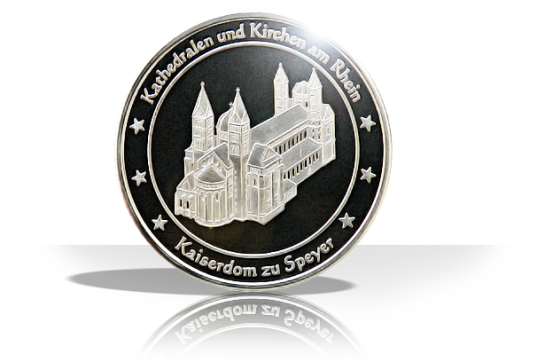KAISERDOM SPEYER

The Imperial Cathedral of Speyer is one of the most historic monuments on the Rhine and is also the largest preserved Romanesque church in the world.
A UNESCO World Heritage Site since 1981. The Salian Emperor Conrad II founded the building around 1030. He wanted to build the largest church in the West. He was not to live to see its inauguration. Emperor Konrad II died in 1039 and was buried in the cathedral at the eastern end of the central nave.
The cathedral was consecrated in 1061 (Speyer I). Henry IV, grandson of Emperor Conrad, resumed construction work around 1080 and continued it until his death in 1106. The apse and transept were rebuilt and the central nave was vaulted (Speyer II). The building, which was partially destroyed in 1689, was rebuilt in the late 18th century.
Speyer Cathedral - an episcopal church, parish church and pilgrimage church - is considered a symbol of medieval empire due to its burial place of Salian, Hohenstaufen and Habsburg rulers. The tomb in the imperial crypt, built between 1900 and 1906, is located under the last bay of the central nave and is accessible from the crypt.


